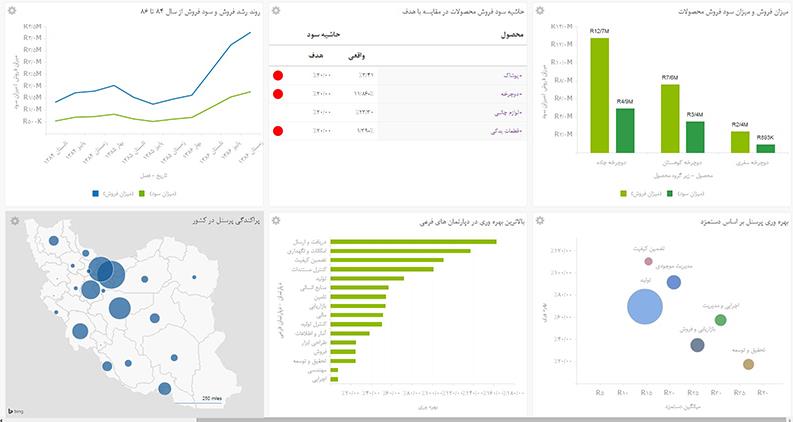Business Intelligence (BI) & Data Usage Culture
What is Data?
Data is anything stored in our minds, on paper, in computers, mobile devices, software, or web pages.
Why Data Matters
Humans live in the “Information Age,” where life revolves around data. Converting data into actionable information drives business success and growth.
What is Data Culture?
Effectively using data requires understanding its culture. Data culture can be described in four key stages:
1. Identifying Needed Data
Essential data includes customer details, services or product information, registrations, sales invoices, and financial records. Identifying these at the start and during business operations is crucial.
2. Storing Data
Traditional methods like paper records or receipts are inefficient. Modern solutions like Varzesh Soft’s integrated software store data securely and manage club operations efficiently.
3. Processing Data (Business Intelligence / BI)
Raw data must be processed and connected with parameters like time. BI tools transform data into valuable insights, showing Key Performance Indicators (KPIs) through charts, tables, and graphs quickly and accurately.
4. Using Data for Decision-Making (BA)
After gaining insights from BI, managers can make informed decisions to drive the business toward excellence and growth.
What is Business Intelligence (BI)?
BI is a technology-driven process that analyzes data and provides actionable insights to executives, department managers, decision-makers, and other internal users, supporting data-driven decisions.
Key Benefits of BI:
Faster and improved decision-making
Optimized internal business processes
Creation of new revenue streams
Gaining competitive advantages
Applications of BI:
Quick report generation and rapid answers
Informed decision-making
Strengthening sales and marketing goals
Accessing detailed customer information
Time-saving
Rapid and accurate business insights
Example: BI in Sports and Fitness Clubs
For a fitness club, BI can be applied through the first three stages of data culture:
Identifying Data: Customer profiles, service details, registrations, sales invoices, etc.
Storing Data: Using integrated software like Varzesh Soft for data management.
Processing Data: Displaying KPIs in charts, tables, and graphs with drill-down features for quick and accurate insights.
Sample KPIs in Fitness Clubs:
Monthly registrations
Monthly sales revenue
Best-selling and least-selling services or products
Customer churn rate and loyal customer reports
Sales comparison across club sections
Club expenses by section and type
Club profits over different periods
Some examples of BI dashboards and reports can be seen in the images below.









